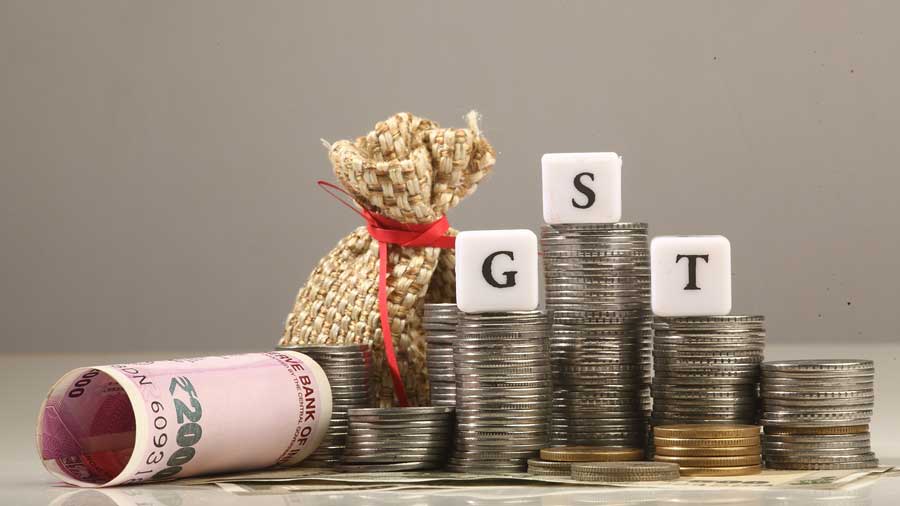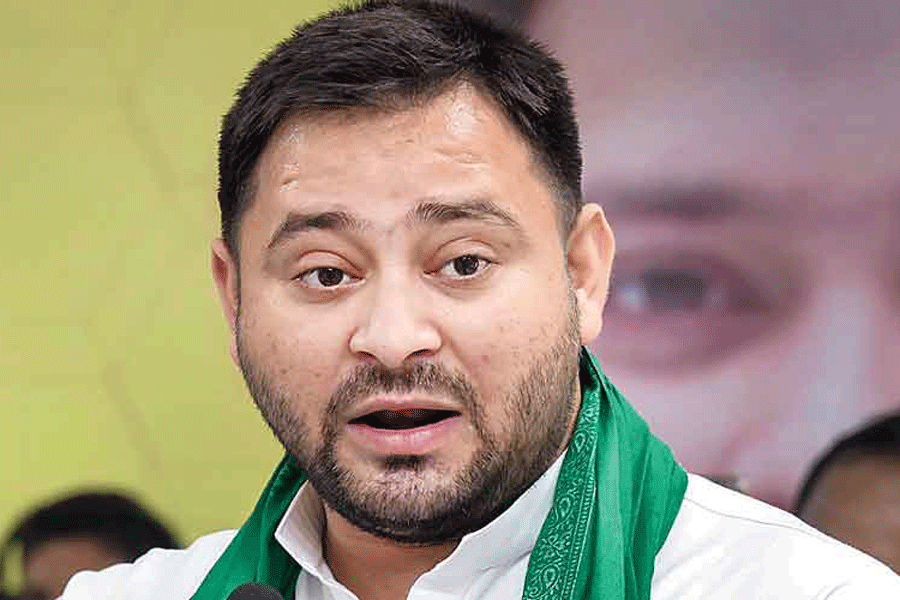The finance ministry has set up two committees of state finance ministers which would rework rate slabs, review GST exempt items and identify potential evasion sources.
Four years after the rollout of the GST, which replaced the complex indirect tax structure, the Centre and states have started work on moving towards a “simpler rate structure” by reviewing the current rate slabs, including special rates and merger of rate slabs.
The Group of Ministers (GoM) on rate rationalisation would also review items under inverted duty structure to help minimise refund payout, and review the supply of goods and services exempt under GST with an objective to expand the tax base and eliminate breaking of input tax credit chain.
The seven-member panel, which would submit a report in two months, would be headed by Karnataka chief minister Basavaraj Bommai and include Bengal finance minister Amit Mitra, Kerala finance minister K.N. Balagopal and Bihar deputy chief minister Tarkishore Prasad.
Under GST, a four-rate structure that exempts or imposes a low rate of tax 5 per cent on essential items and top rate of 28 per cent on cars is levied. The other slabs of tax are 12 and 18 per cent. Besides, a cess is imposed on the highest slab of 28 per cent on luxury, demerit and sin goods.
There have been demands for merging the 12 and 18 per cent slab as also take out certain items from the exempt category to balance the impact of slab rationalisation on revenue.
With regard to inverted duty structure, the GST Council has already corrected the rate anomaly in case of mobile handset, footwear and textiles. The ministerial panel would now look at representations of inverted duty structure and recommend suitable rates to eliminate any such cases where final goods attract a lower GST than the tax levied on its inputs.
The GoM on GST system reforms would identify potential sources of evasion and suggest changes in business processes and IT systems to plug revenue leakage. The panel is headed by Maharashtra deputy chief minister Ajit Pawar.
The panel, which would give its recommendation to the council from time to time, would review IT tools and interface available with taxmen and suggest ways to make them more effective, identify possible use of data analysis towards better tax compliance and suggest ways of better co-ordination between central and state tax officers.
The decision to set up these two GoMs was taken by the GST Council, chaired by finance minister Nirmala Sitharaman, on September 17.











